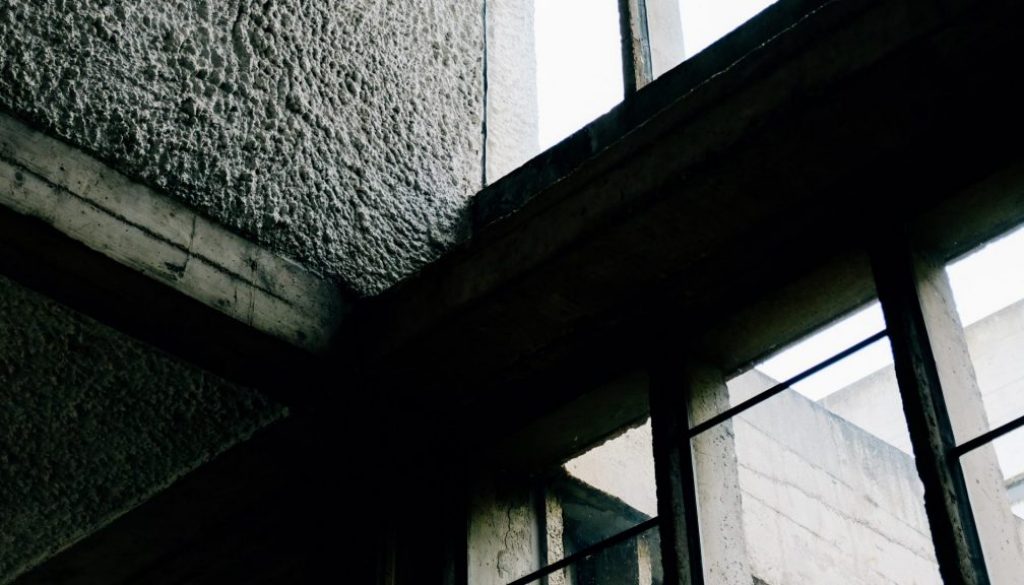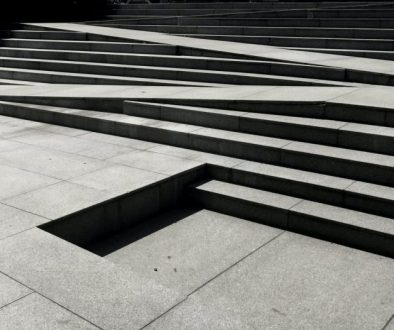Concrete Concerns: A Dive into the Alarming Risks of RAAC
What is RAAC?
RAAC, a lightweight and airy variation of concrete, was a popular construction material from the 1950s to the mid-1990s. It was primarily utilised in the form of precast panels, frequently seen in flat roofs, and sometimes used in floors and walls.
This implies that RAAC might be present in educational institutions such as schools and colleges constructed or renovated during or around that specific era.
Why is it an issue?
It has become a concern for school buildings as RAAC is less robust than conventional concrete, potentially leading to significant risks. Consequently, the government has released updated guidelines for Academy trusts and school leaders. To access further details, please refer to the GOV.UK website by clicking here.
You might consider inspecting your educational facilities personally or enlisting the services of qualified professionals for what can be a challenging task. Accredited chartered building surveyors specialising in education, such as Quatrefoils, possess the expertise needed to efficiently identify and prepare for the replacement of RAAC in school buildings.
How to identify RAAC?
- You may come across the terms in original drawings and construction plans
- It has an open textured appearance with visible bubbles
- When touched, its surface has a slightly crumbly texture
- Susceptible to being gouged with a screwdriver
- Panels are typically 600mm in width and 2.4m in length
- Panels often feature a slight chamfer at each end
- Arc-shaped stripes are occasionally displayed on panels
If the concrete has been heavily painted or coated, identifying RAAC may be more challenging, it is also important to keep in mind that panels could be concealed behind suspended ceilings. Furthermore, although they were primarily used on flat roofs, they may also be encountered on pitched or sloping roofs, so do not rule out the presence of RAAC automatically because your roofs are not flat.
Next Steps
If you are concerned about the presence of RAAC, capturing close-up photographs of the roof is an effective method for obtaining a detailed look. These photos can also serve as valuable documentation if you decide to enlist the expertise of surveyors and structural engineers.
In the event that you identify RAAC panels, it is advisable to arrange for a professional inspection and assessment, as there may be a need for corrective measures.
Please be aware that before attempting to dismantle any section of a suspended ceiling, it is crucial to consult the school’s asbestos register to ensure that the ceiling cavity does not harbour any concealed hazards. If asbestos is detected, do not touch or make contact with anything.
How big of a concern is it?
Out of more than 22,000 schools and colleges, less than 1% have been identified as having RAAC-related issues, and it is important to note that not all schools affected by RAAC will need to shut down.
To date, two thirds of schools who think they may have RAAC have been found to not have RAAC once properly surveyed. This does not mean that concerns should be brushed aside, if you are at all worried about the presence of RAAC do not hesitate to get in contact.
The impact of RAAC varies significantly; some facilities may have minimal RAAC presence and experience only minor disruptions. In the majority of instances, students will be able to maintain their regular attendance at school.
How is the government helping with this issue?
For schools and colleges impacted by this issue, the government are committed to minimising disruptions to education, and the vast majority of these institutions will continue to offer in-person learning from the beginning of the term.
All institutions confirmed to have RAAC will be assigned a dedicated caseworker from the Department for Education. This caseworker will collaborate with the responsible authorities to assess the unique requirements of the site and assist in implementing tailored solutions. These solutions may encompass the utilisation of other on-site structures, local facilities, safety enhancements within the affected area, and in certain instances, the erection of temporary buildings.
Since 2015, the government have allocated more than £15 billion to maintain the operational integrity of schools, with an additional commitment of £1.8 billion earmarked for the year 2023-24. For all schools where RAAC presence is confirmed, funding will be provided for all capital-funded mitigation measures, including activities like propping and securing temporary accommodations.
In cases where schools, colleges, and maintained nursery schools require extra assistance to cover ongoing expenses, such as transportation to alternative sites or the temporary rental of local facilities or offices, the government are actively collaborating with each affected school to establish appropriate support measures. They anticipate that all reasonable requests will receive approval.
In addition, the government have released additional guidelines for schools and colleges regarding the identification and management of RAAC. This guidance outlines how the department plans to offer support and capital funding to educational institutions and other affected locations, ensuring the continuity of safe, face-to-face education.
Who should I contact?
Expert chartered building surveyors, such as ourselves, possess the capability to conduct a thorough examination to identify the presence of RAAC within your school premises. They have the proficiency to work safely at elevated heights and within confined spaces. These professionals will provide guidance on the extent of risk, the necessary scope of work, and associated costs.
Ultimately, you can take comfort in the knowledge that you have identified potential risks to your buildings, students, and staff, and that any hazards will be addressed effectively.
To find out more information or to get in contact with us, our contact information can be found by clicking here.




